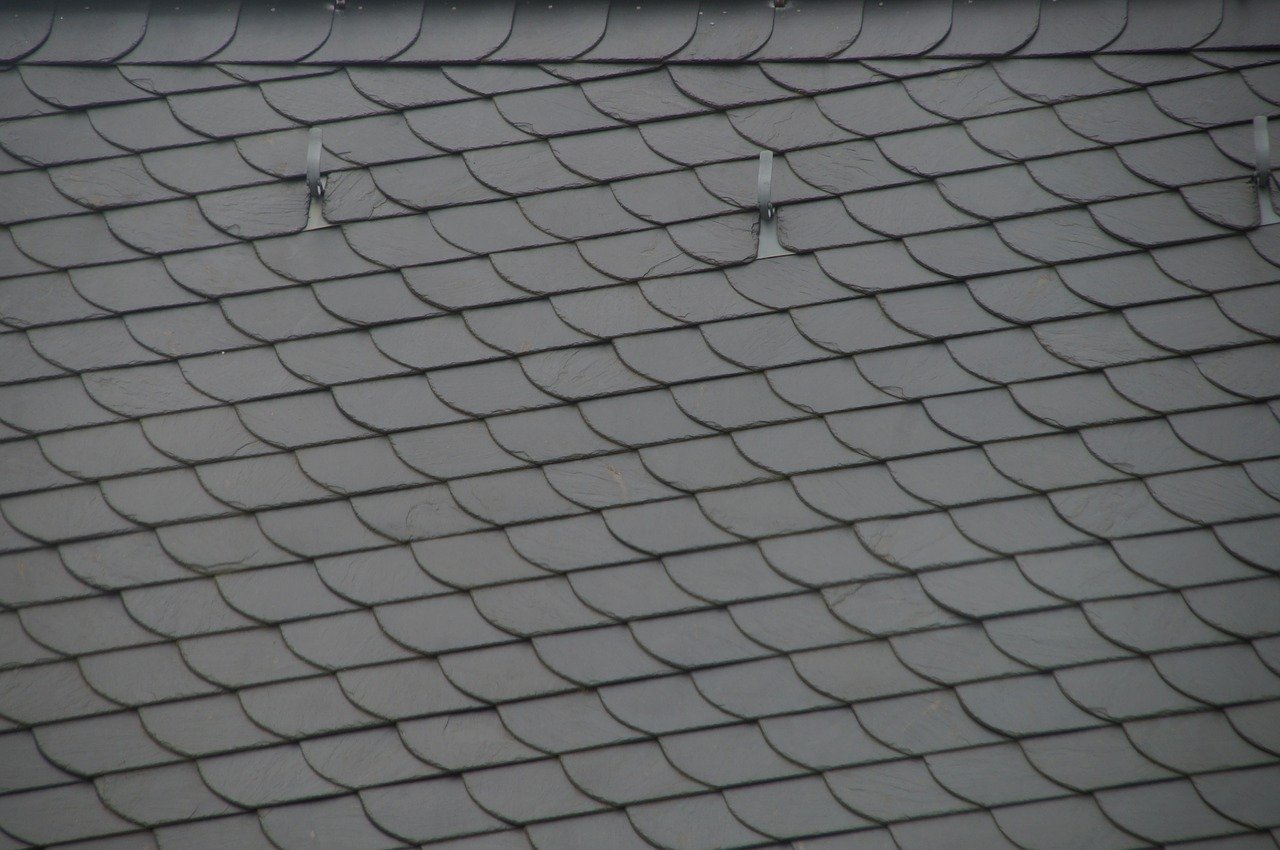Roof insulation
One roof is not the same as another, and the way you insulate will depend on the type of framework and the type of soundproofing you want. An Ajusto professional can advise you on the best choice of roof insulation. There are two types of roof insulation: from the inside and from the outside. Each has its advantages and disadvantages.

Roof insulation from the inside
Book now for a free estimate.
With inside roof insulation, the insulating materials are laid under the roof covering, within the structure of the roof frame.
With inside roof insulation, the roof covering and framework remain completely unchanged. The advantage is twofold: less work than roof insulation from the outside, and lower costs. The finish is often plasterboard, but there are also other types of insulation that are already coated with a finishing layer. If your roof does not have a rafter frame, wooden or metal battens are fitted to the wall into which the insulation will be laid.
Insulating the roof from the inside prevents damp problems. A vapour barrier is laid over the insulation. This prevents the formation of condensation and mould.
Roof insulation from the outside
Book now for a free estimate.
When insulating your roof from the outside, the insulating materials are laid between the roof structure and the roof covering.
When you insulate your roof from the outside, the inside of your house remains intact. The work will be more extensive and take longer. The roof covering will have to be temporarily removed. Roof insulation from the outside is the solution for you if you had decided to change the roof covering anyway. This way, you can combine the replacement of the roof with the insulation, and save on a number of costs such as scaffolding, containers, etc.
Roof insulation from the outside also avoids the risk of thermal bridges. These are areas in a house where the insulation is interrupted and heat escapes. By insulating from the outside, your roof will have an uninterrupted layer of insulation.


Pay attention to the choice of materials and waterproofing
Book now for a free estimate.
There are different types of insulation materials, such as rock, glass or sheep's wool, wood fibre, polystyrene, polyurethane foam or cellulose. There are also more environmentally-friendly materials such as cotton wool, hemp or cork.
Finally, pay attention to air tightness. Your roofer must ensure that the insulation is thick enough, but also that air circulates from the inside to the outside, which will have a major impact on heat loss.
Finally, your roof must have a solid structure, be watertight and provide effective insulation. Contact an Ajusto roofer for a free estimate on roof insulation to suit your needs.
Your Ajusto roofer will give you a free detailed estimate for a professional roof cleaning. If you're satisfied with the estimate, he'll plan the project with you. He'll make sure the work doesn't take too long and stick to the estimate. So you won't have any unpleasant surprises at the end of the job. Whatever the job, you can be sure of finding the right Pro with Ajusto. Make an appointment with a roofing professional for a non-binding estimate.
We can carry out all kinds of work: new roof construction, roof renovation, framework, roofing (tile, slate, etc.), thermal or acoustic insulation (from the inside or outside), waterproofing, attic and under-roof conversions, flat roof terraces, roof windows, repairs and maintenance of cornices, gutters and chimneys, and cleaning (removal of moss).
Make an appointment with a roofing professional for a no-obligation estimate.
Avoid up to 30% energy loss
Book now for a free estimate.
Roof insulation is crucial to the thermal comfort of a home. Heat loss through the roof can account for up to 30% of your home's energy consumption. So insulating your roof, either by blowing it off or fitting insulation, is a priority if you want to save energy. It's also an effective way of improving your home's energy performance, which may make your work eligible for financial assistance.
Good insulation starts with the choice of insulating material. Among the most common are glass wool, mineral wool and cellulose wadding. Mineral wools are often used in rolls or panels for internal insulation. For under-roof insulation, on the other hand, expanded polystyrene or wood wool may be a more suitable insulation solution, thanks to their good thermal resistance and airtightness.
Insulating attics, whether lost or converted, is just as important. Blown-in insulation is a highly effective technique for insulating lost attic space. This involves blowing a layer of insulation, such as glass wool or cellulose wadding, directly onto the attic floor. Converted or convertible attics, on the other hand, require insulation of the roof slopes and walls. You can use insulation materials in rolls, rigid or expanded, such as sheep's wool or hemp wool, for optimum thermal and acoustic insulation.
But how do you insulate your roof or attic effectively? To ensure good insulation, it's crucial to follow certain steps. First of all, you need to lay a first layer of insulation between the roof beams or framework. This first layer must be followed by an airtight membrane to prevent water infiltration and warm air leaks. A second layer of insulation can then be laid, perpendicular to the first, to eliminate thermal bridges and optimise sound insulation. This insulation technique can also be used for habitable attics.
For more specific roof insulation work, such as wall insulation or flat roof insulation, you may need to call in a professional. He or she will be able to advise you on the various insulation techniques, the choice of insulating materials and the thermal regulations in force.
Finally, don't forget that to maintain good roof insulation, you need to ensure that your living space is properly ventilated. This ventilation helps to limit condensation and the build-up of water vapour, which could reduce the effectiveness of your insulation.
Roof insulation, whether from the inside or the outside, is a crucial stage in energy renovation work. Not only does it ensure thermal comfort in attics that can be converted or under habitable attics, it also means substantial savings on your heating bill.
In conclusion, roof insulation is an investment that will help you reduce your energy bills, improve the thermal comfort of your home and enhance the value of your property. Whether you have lost attic space or attic space that can be converted, and whether you want to insulate your roof, your walls or your attic, there are insulation solutions to suit your project. Don't hesitate to call on an Ajusto professional to help you with the work and advise you on the best roof insulation techniques and the most effective materials.

Book your roofer in 3 easy steps

Choose your service and book online
The Pro arrives within the timeslot and creates a free estimate

Our Pro carries out the service
The Pro carried out the work in accordance with the estimate I accepted.

Pay once the job is done
I pay online on Ajusto's secure platform when the job is completed
Testimonials from our users
Any other questions?
Our customer service team is available by phone from Monday to Thursday from 9am to 5pm and on Fridays from 9am to 12pm. To help you quickly and easily, we have listed the most frequently asked questions.
Visit our blog
For more information and inspiration, you're always welcome to visit our blog, which is packed with useful articles and tips and tricks on our various services.